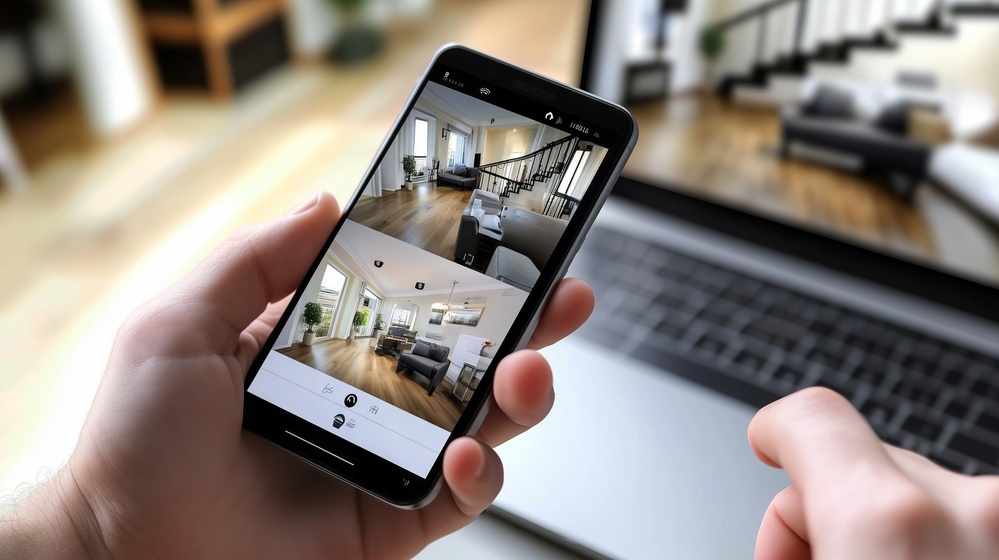Home security has been a hot topic in the consumer electronics market for some time. Thanks to wireless home security and its ability to integrate with smart home devices, more people than ever before are investing in security equipment. Most of their money is going into things like video cameras and motion detectors. Yet there are other less talked-about aspects of home security that should not be forgotten.
This post will discuss five such aspects. As you read, bear in mind that most of them offer very little value in a home security system that isn’t monitored. For example, one of the things you will read about is the medical alert system. It will not help a consumer to deploy medical alerts if their security system isn’t being monitored by someone.
With all of that said, here are five less talked-about aspects of monitored home security:
1. Smoke Alarms
You can go to any department store or DIY hardware outlet and find smoke alarms. They are a dime a dozen. Smoke alarms warn of fire by making a lot of noise when there is smoke in the air. They are fantastic devices that fire departments all over the country recommend. They are so effective at saving lives that every state requires rental properties be outfitted with smoke detectors.
Here is the thing: a standalone smoke alarm only makes noise. That is not a bad thing. Noise is what alerts a homeowner to fire, allowing for quick escape. But having smoke detectors installed as part of a monitored home security system takes things to the next level. While an activated smoke detector makes noise, the security system it is connected to alerts personnel stationed in a remote monitoring center.
Monitoring center personnel are trained professionals who know just how to respond in the event of emergency. They would respond to a smoke alarm by assessing the situation and, if necessary, immediately contacting the local fire department. The result should be a faster response time.
2. Carbon Monoxide Alarms
Carbon monoxide (CO) is an odorless and colorless gas that injures and kills thousands of people every year. What makes it so deadly is the fact that people can be overcome by it in a very short amount of time, and without knowing what is happening to them. Therefore, installing CO detectors in the home is just as important as installing smoke detectors.
States and local municipalities mandate CO detectors in rental properties and commercial buildings. You ought to have at least one in your home. And like smoke detectors, CO detectors connected to a monitored security system offer even more protection. The added protection could be vital to your survival if you are ever rendered unconscious by CO.
Vivint Home Security is a nationwide provider of home automation and security equipment. They have an excellent post on their website discussing the dangers of CO and how to minimize your risk. The post talks extensively about CO poisoning, symptoms, and what to do should you ever suspect there is a problem in your home. Read that post, and heed Vivint’s advice.
3. Flood Alarms
Moving on, improved technology now makes it possible to monitor your home for flood. To do so, all you need are flood sensors and a home security system that is either monitored professionally or sends alerts to your phone. Professional monitoring is the better option.
Either way, you install the sensors on the lowest floor of your home. That might be the basement or the first floor. Should enough water enter your home to trip a sensor, it sends an alert. That alert would go to a remote monitoring center in the event that the system is being professionally monitored. Otherwise, it would go to the homeowner’s cell phone or email. Both types of alerts give property owners the opportunity to address the issue immediately. In the absence of flood protection, a property owner might not know there is a problem until the end of the day.
Flood alarms are ideal for any property owners who live in flood prone areas. But even if your local area doesn’t flood very often, you might still be concerned about heavy rains in the spring or summer. You might also worry that your water heater could burst and flood your basement. Whatever the potential source of water, a flood sensor alerts you to problems.
4. Medical Alert Systems
Next up is the previously mentioned medical alert system. Decades ago, there was just one company offering this service. It has proved so valuable for so long that nearly every home security provider now offers medical alert along with monitoring packages.
The medical alert concept is fairly simple. Subscribers an given a medical alert pendant that is worn around the neck or on the wrist. In the event of a medical emergency, the subscriber need only push a button on the pendant to get help. Doing so alerts remote monitoring personnel to a possible emergency.
In most cases, the pendants are equipped with two-way audio systems. As such, monitoring personnel can communicate with subscribers to figure out what is going on. Monitoring personal can immediately dispatch help when needed.
5. Daily Video Monitoring
Finally, interior video cameras offer function that goes above and beyond burglary prevention. Homeowners across the country install interior cameras only to discover they can use them to monitor their pets, kids, and even senior family members throughout the day.
Maybe you want to know what your pets do while you are at work all day. Bring up your video camera feeds and find out. Perhaps you want to check in on the kids after school. Again, live video feeds are at your disposal. In terms of monitoring senior family members, the option is as valuable as medical alerts.
Home security is becoming increasingly popular as technology improves. And why not? These days, home security offers so much more than just burglary protection. Why would you not want it?

